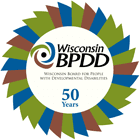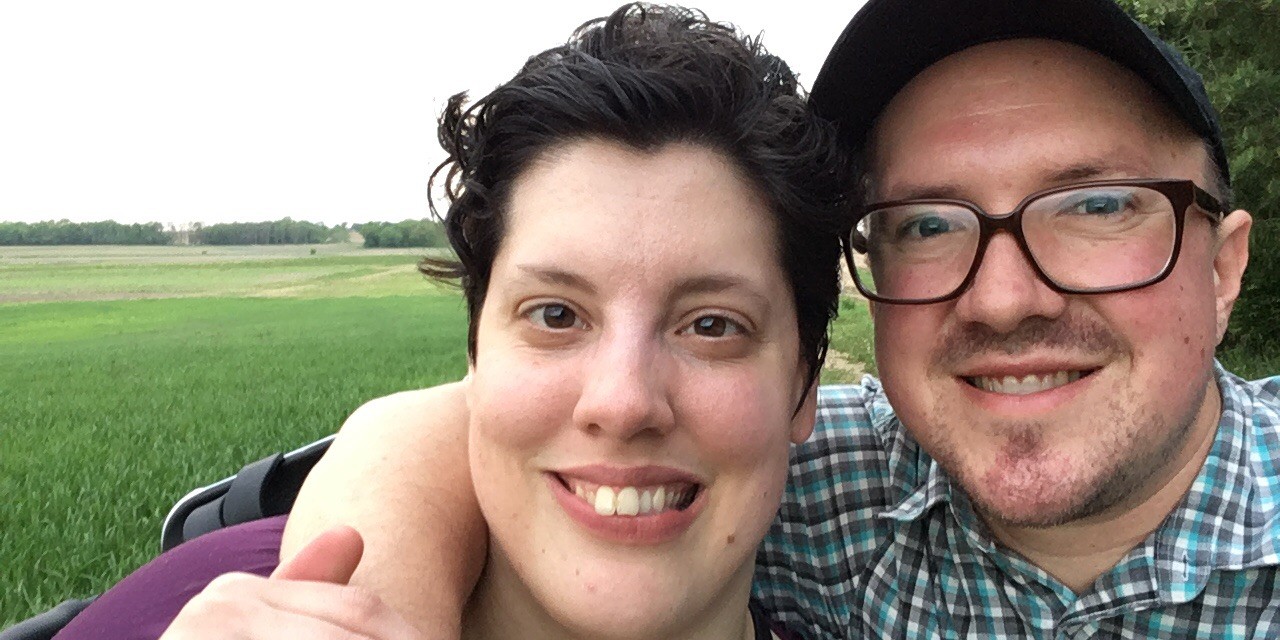The “Secret Skills” of Self-Advocates
By: Stephenie Noggle
Life with a disability often feels like living in an alternative paradigm under construction. Just when you think you’ve got the pattern figured out, a new set of mandates or regulations alters it, leaving you to adapt or start over entirely. So, how do you survive, and dare to thrive, when the world around you is in constant flux? You learn to hone and rely on a particular set of skills that we, as people with disabilities, tap into on a pretty regular basis.
Masters of Adaptation
Undoubtedly, there are some fellow Liam Neeson fans out there, but that’s not the “particular set of skills” at play here. These skills are second nature—something of a natural knack for people with disabilities. Skill number one: adaptation.
The road to disability rights advocacy has a different starting point for each individual advocate. Listen closely, and in most of these stories, you will discover areas of common ground. For example, adaptation is part of our daily life. Accommodations are improving in homes, schools, and offices, but adaptation remains a necessity in order to successfully get around, learn, and work in the community. Before long, you become an expert at adapting tasks and on-the-spot problem solving. This allows you to get things done. How does this skill strengthen your advocacy efforts?
- Apply the same principle to your statements and arguments. One of the best ways to speak universally about a disability rights issue is to adapt your argument to your audience. Whether the prevailing viewpoint is conservative or liberal, you can better address each perspective if you look at things from their point-of-view (John Franklin Stephens Congressional Testimony).
Finding Accessible Trap Doors
People with disabilities are mountain movers. Setting goals like: getting an inclusive education, living independently, finding meaningful and gainful employment, getting married, etc. Setting that bar is one thing, reaching it is altogether different. This skill requires flexing those problem-solving muscles and remembering the value of trial-and error learning. Skill number two: circumventing barriers.
So, you’ve set a goal and you are on the path to completing it when, what should pop up, but a sudden, unexpected road block. This could take the form of a policy you weren’t aware of; a change in procedure, a legislative reform, and the list goes on. Whatever has caused it; you now need to find an alternate path to complete your goal. Luckily, you are not afraid to try several strategies until you find one that works. This “trap door” will get you where you need to go, even if it takes you longer to get there than you initially thought. Where can you utilize this skill in the disability rights movement?
- This skill not only keeps you on your toes, it keeps you solution-minded. This is advantageous when advocating, both for yourself and for your community. It is easier to point out a problem than it is to take things a step further and offer solutions to the problem. Don’t stop short of solving the problem; take the opportunity to brainstorm solutions and educate others (Employment First).
When in Doubt, Reach Out
Navigating the system is one of the most challenging aspects of living with a disability. At times, you will encounter daunting situations-situations you feel you can’t begin to solve on your own. This calls for skill number three: networking in your community.
Nothing shrinks a problem to a manageable size quite like community. The disability community has a font of knowledge and experience to draw from. Think about how often you have gone to your friends with disabilities for advice; to exchange information, to fact check something, or for support and encouragement. You have a network of community-driven support at your fingertips. Remember to use it and it can help make your advocacy efforts more effective. How?
- Working collectively, you can identify issues that require legislative action. Be the groundswell that brings about change for the disability community as a whole. Conversely, not all issues require legislative solutions. Some of the most effective inclusion and employment initiatives have been accomplished using community-driven networks of support (Oshkosh Inclusive Park Project).
Use these skills to share knowledge with your lawmakers and fellow advocates. Be the best resource you can be. After all, you have the skills. Maybe, just maybe, this is what you’ve been training for all your life.

